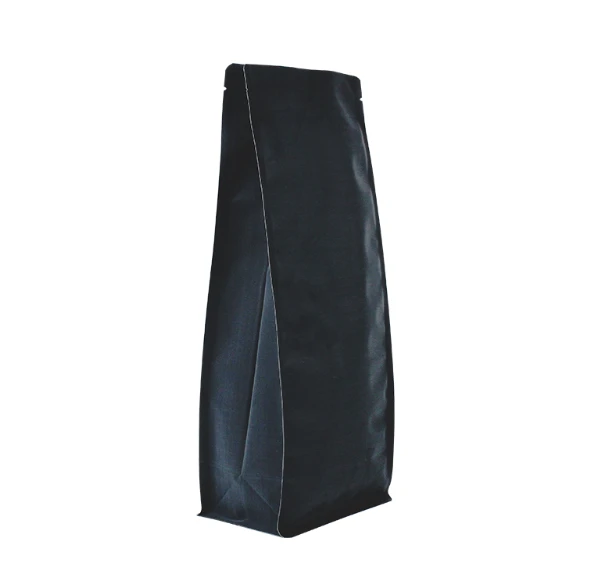- Afrikaans
- Albanian
- Amharic
- Arabic
- Armenian
- Azerbaijani
- Basque
- Belarusian
- Bengali
- Bosnian
- Bulgarian
- Catalan
- Cebuano
- chinese_simplified
- chinese_traditional
- Corsican
- Croatian
- Czech
- Danish
- Dutch
- English
- Esperanto
- Estonian
- Finnish
- French
- Frisian
- Galician
- Georgian
- German
- Greek
- Gujarati
- haitian_creole
- hausa
- hawaiian
- Hebrew
- Hindi
- Miao
- Hungarian
- Icelandic
- igbo
- Indonesian
- irish
- Italian
- Japanese
- Javanese
- Kannada
- kazakh
- Khmer
- Rwandese
- Korean
- Kurdish
- Kyrgyz
- Lao
- Latin
- Latvian
- Lithuanian
- Luxembourgish
- Macedonian
- Malgashi
- Malay
- Malayalam
- Maltese
- Maori
- Marathi
- Mongolian
- Myanmar
- Nepali
- Norwegian
- Norwegian
- Occitan
- Pashto
- Persian
- Polish
- Portuguese
- Punjabi
- Romanian
- Russian
- Samoan
- scottish-gaelic
- Serbian
- Sesotho
- Shona
- Sindhi
- Sinhala
- Slovak
- Slovenian
- Somali
- Spanish
- Sundanese
- Swahili
- Swedish
- Tagalog
- Tajik
- Tamil
- Tatar
- Telugu
- Thai
- Turkish
- Turkmen
- Ukrainian
- Urdu
- Uighur
- Uzbek
- Vietnamese
- Welsh
- Bantu
- Yiddish
- Yoruba
- Zulu
thousands to mm conversion
Understanding the Conversion from Thousands to Millimeters
In the world of measurements, precision and clarity are paramount. Whether you are in engineering, carpentry, or any other field that requires exact dimensions, understanding how to convert units of measurement is essential. One common conversion that often comes up is from thousands (often referred to as mils in engineering contexts) to millimeters. This article will delve into the importance of this conversion, provide a detailed explanation of the process, and offer some practical examples to illustrate its application.
What Does Thousands Mean?
When we refer to measurements in thousands, we are typically talking about the imperial unit known as mils in certain engineering fields. One thousandth of an inch is counted as one mil or thousandth of an inch. This measurement is frequently used in industries such as manufacturing, material engineering, and woodworking, where precise thickness is critical.
The Relationship Between Thousands and Millimeters
The conversion between thousands (mils) and millimeters (mm) can be derived from a basic understanding of the metric and imperial systems. The relationship is defined as follows
1 mil = 0.0254 millimeters
To convert thousands to millimeters, one can multiply the number in thousands by 0.0254. For example, if a specification reads 10,000 mils, the conversion to millimeters would be
10,000 mils × 0.0254 mm/mil = 254 mm
Why is this Conversion Important?
Understanding how to convert thousands to millimeters is crucial for several reasons
1. Global Standards Many countries use the metric system, which means that conversions are necessary for international communication and projects. Engineers and manufacturers often collaborate across borders where metric measurements are the norm.
2. Precision In fields such as manufacturing or precision engineering, small errors in measurements can lead to significant problems later in the project. Being proficient in unit conversions helps ensure that designs are accurate and fit together as intended.
thousands to mm conversion

3. Quality Control In manufacturing, quality checks often involve measurements in both systems. Workers must be comfortable converting between these measurements to verify that products meet specifications.
Examples of Conversion
Let’s take a look at some practical examples of converting thousands to millimeters to solidify your understanding.
Example 1 Converting 5000 mils to millimeters.
Using the conversion factor
5000 mils × 0.0254 mm/mil = 127 mm
Example 2 Converting 250 mils to millimeters.
250 mils × 0.0254 mm/mil = 6.35 mm
In these examples, one can see that converting thousands to millimeters is streamlined and can be done quickly with a calculator or a simple multiplication in mind.
Concluding Thoughts
In conclusion, the conversion from thousands to millimeters is an essential skill for professionals involved in any field that requires precision and accuracy in measurements. Whether you are creating blueprints, fabricating parts, or simply trying to understand specifications, knowing how to convert these units correctly can significantly impact the success of your projects. As the world becomes more interconnected and standards continue to align, a firm grasp of both the metric and imperial systems will become increasingly invaluable.
By mastering these conversions, you can ensure that your work meets the highest standards and communicates effectively across different measurement systems. Thus, taking the time to understand and practice these conversions will undoubtedly pay off in the long run. Now equipped with this knowledge, you can confidently tackle any task that requires converting thousands to millimeters!













